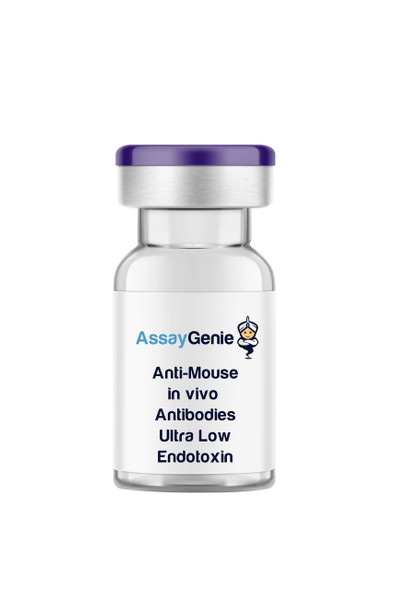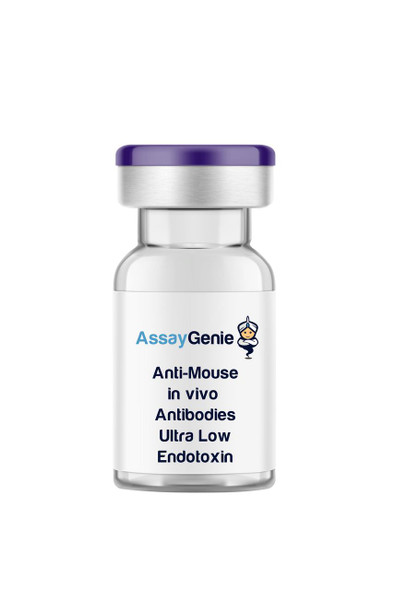CD96 is a single pass type I transmembrane glycoprotein in the immunoglobulin superfamily that is heavily N-glycosylated1. Murine (m) CD96 is present at the surface of most lymphocytes, including NK, CD4+ T, CD8+ T, NKT, and gammaδ T cells, but not B lymphocytes, neutrophils, macrophages, or dendritic cells2. mCD96 interacts with mCD155 and nectin-1 (CD111)1. A V-like domain mediates binding of mCD96 to mCD155 via interaction between amino acids of the FG loop of one binding partner with residues in the C’C’’-loop of the other. CD96 is a member of an interaction network that includes adhesion, activation, and inhibition activities.
CD96 contains three Ig-like domains that are separated from the transmembrane domain by a long proline, serine, and threonine rich stalk that undergoes extensive O-linked glycomodification1. The stalk may play a role in orientation or presentation of the Ig-like domains. mAb 3.3 binds to the first Ig domain and competes with CD155 for binding3.
Human CD96 has a mild boosting effect on 2B4- and NKp30-mediated killing, but a direct role in the activation of NK cell-mediated cytotoxicity in vitro has not been observed 1. In contrast, mCD96 suppresses NK cells in vivo2. Blocking studies show that mCD96 competes with CD226 for CD155 binding and limits NK cell function by direct inhibition2. Additionally, blocking mCD96 in vivo with mAb 3.3 protects against metastasis in three different tumor models. The antimetastatic effect of mAb 3.3 is independent of antibody-dependent cell-mediated cytotoxicity and activating Fc receptors3,4 and is enhanced by anti-PD-1 and anti-CTLA-4 mAbs4. Suppression of metastasis by mAb 3.3 is dependent on NK cells, CD226 (DNAM-1), and IFN-gamma4. Additionally, mAb 3.3 loses its antimetastatic function in CD155- and IL-12p35-deficient mice3.










